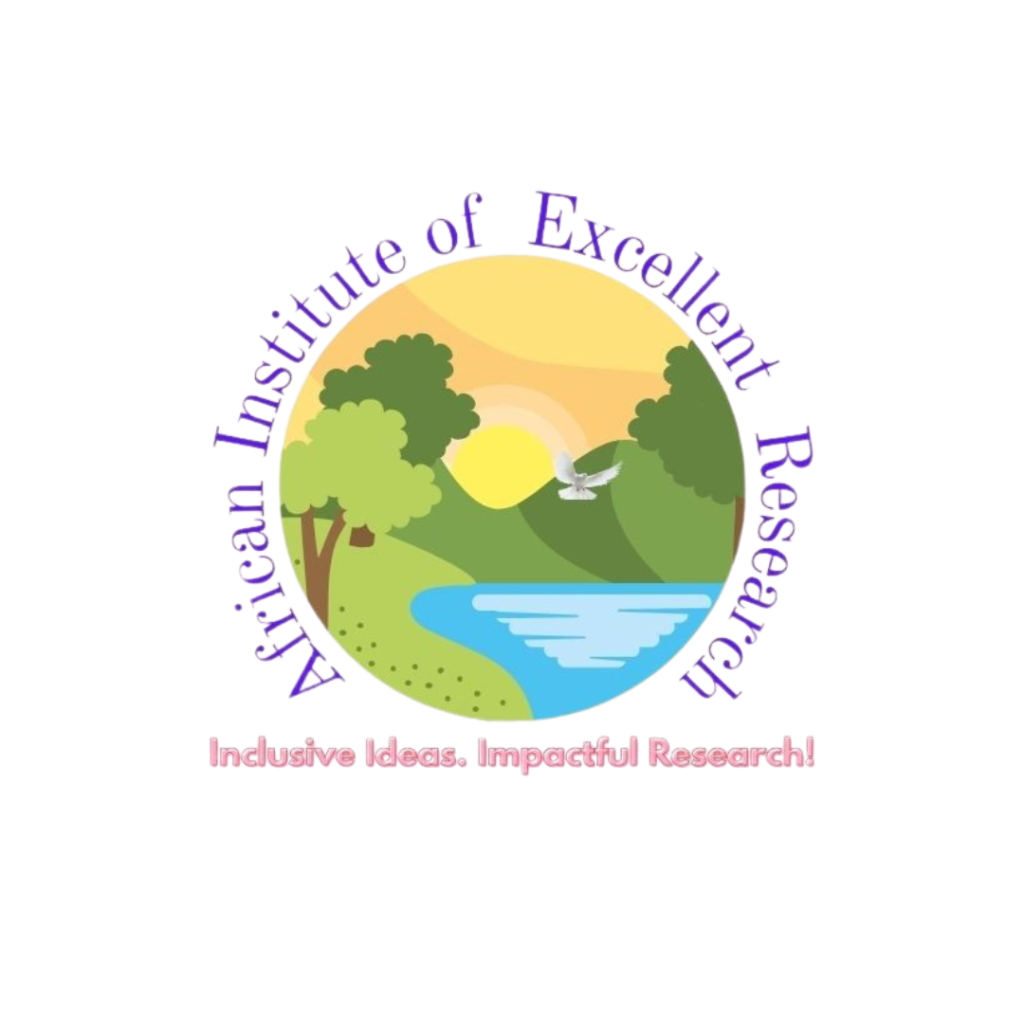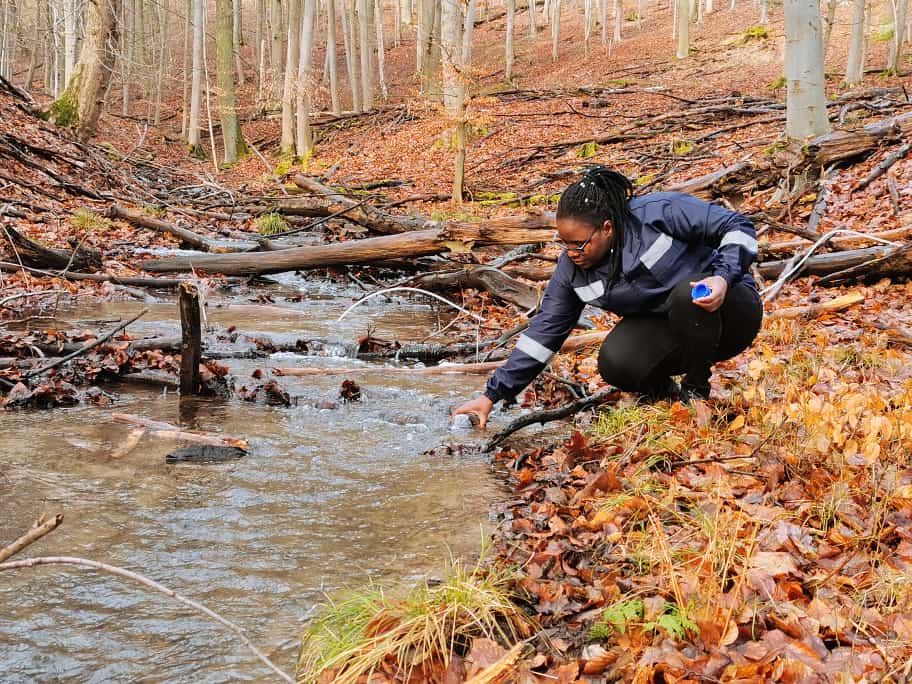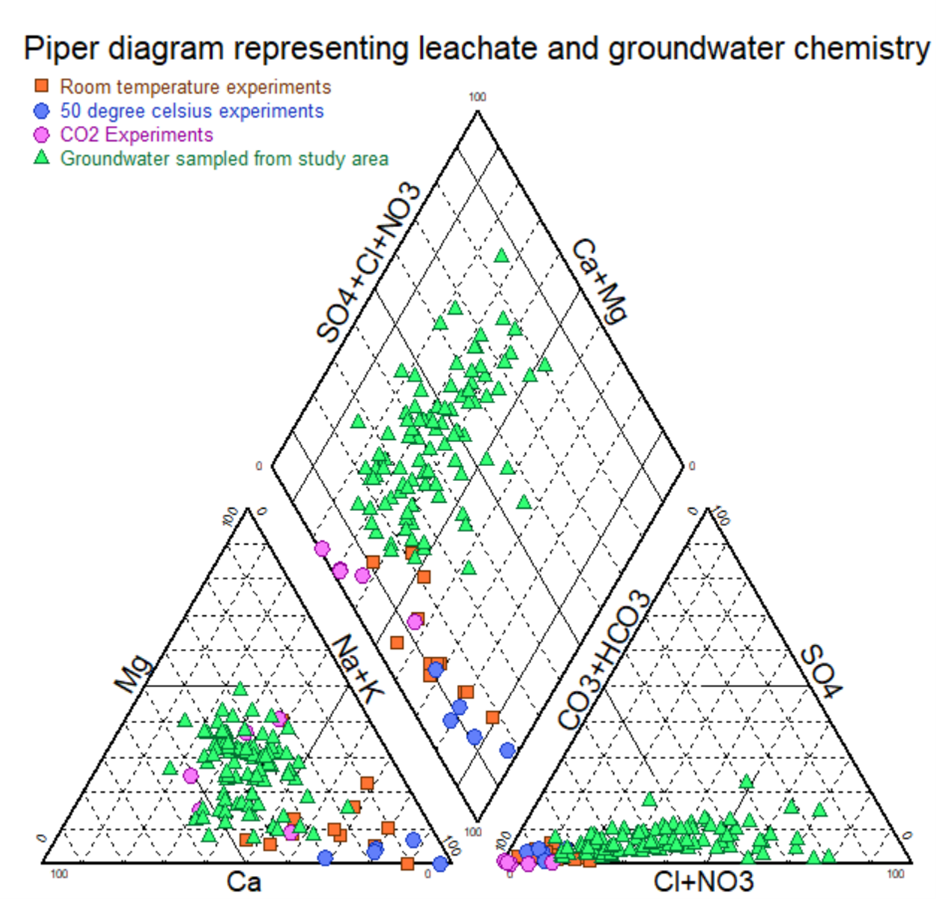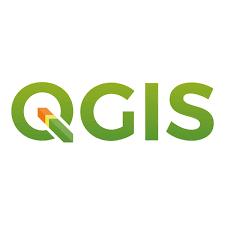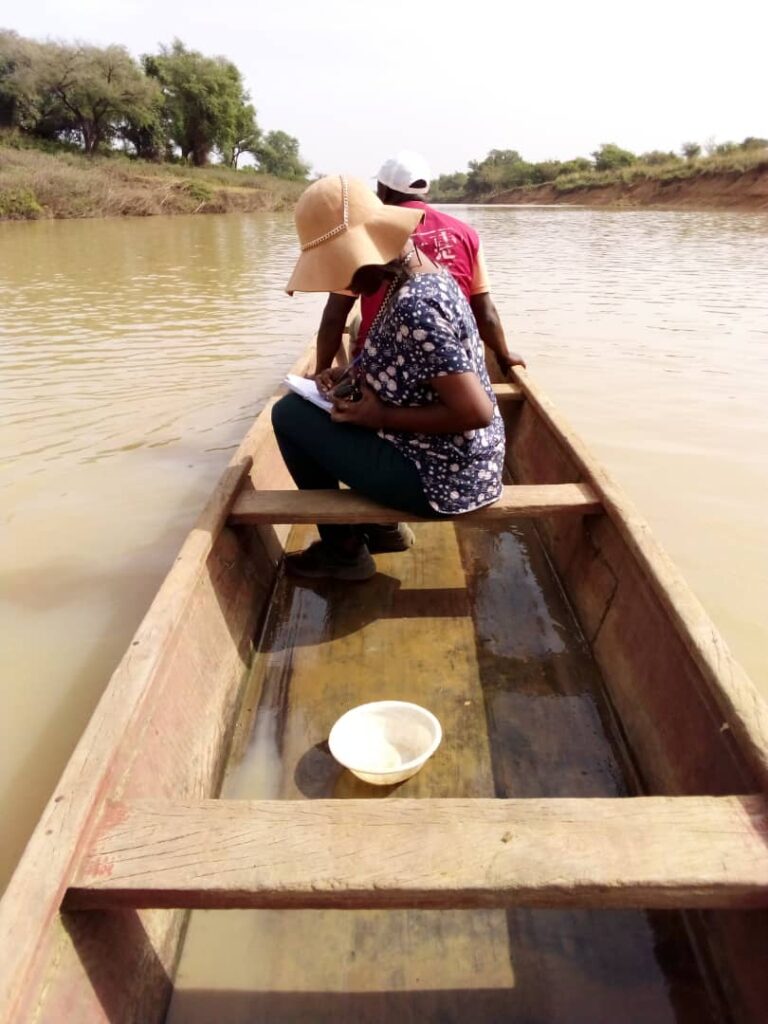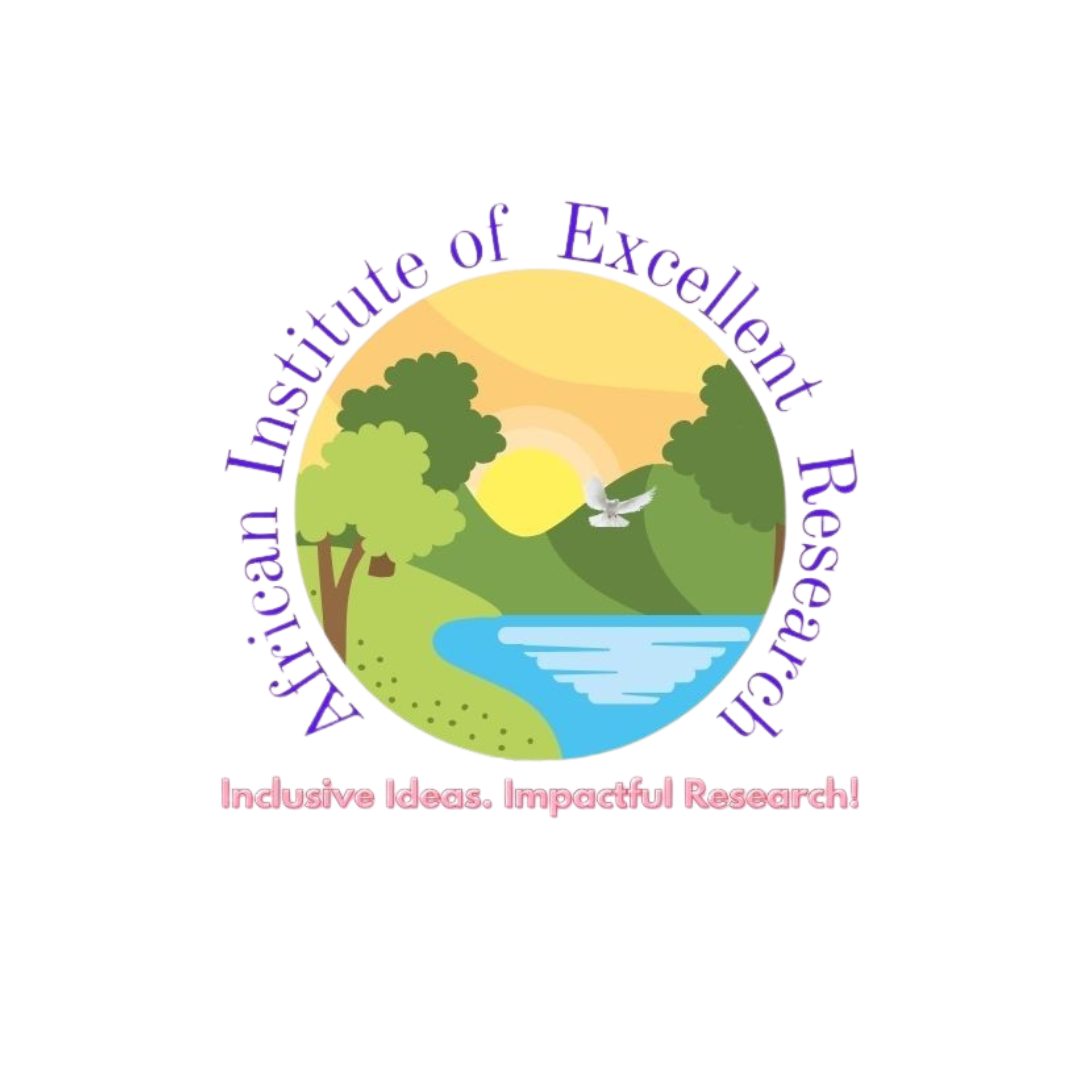
08Feb
DRASTIC-LU and Radioactive Tracers Methods Revealed the Best Results for Assessing Water Pollution Risk in Abuja, North-Central Nigeria.
Abuja’s underground water is becoming more polluted due to rapid urban growth and human activities. Scientists use different methods to check how easily the water can be contaminated. Picking the right method is important but can be challenging.
This research was carried out by a team of researchers from Nigeria, led by Dr. Mary Etuk Nsikanabasi. Two methods were tested; —DRASTIC LU and radioactive tracers—on Abuja’s underground water. The DRASTIC LU map showed that the southwest and northeast areas are at high risk of pollution. About 33% of water wells in the city have unsafe nitrate levels, and most of these are in high-risk areas.
The radioactive tracer method helped identify how water moves underground. It showed areas with fresh water from recent rainfall and older water from past years. It also mapped zones where water flows quickly (high risk) and where it moves slowly (low risk).
This study compares two ways to check how easily Abuja’s underground water can be polluted: the DRASTIC LU model and the radioactive tracer (tritium) method. Both have their strengths and weaknesses.
The DRASTIC LU model mainly looks at pollution coming from the soil surface but does not fully consider contamination from underground sources like leaking storage tanks or buried waste. It also relies on a lot of data, which may not always be accurate.
The radioactive tracer method (tritium) is better at tracking water movement both vertically and horizontally. It helps identify how water flows underground and pinpoint areas where pollution spreads faster. Unlike DRASTIC LU, tritium does not need as much data and provides clearer, more accurate results.
In Abuja, tritium mapping showed which areas received recent water recharge and highlighted underground flow patterns more effectively than DRASTIC LU. This makes it a more reliable tool, especially in Africa, where scientific data is often limited. However, using both methods together is the best way to ensure proper groundwater protection.
The study found that using both methods together gives the best results for assessing water pollution risk. It suggests that policymakers should use a combined approach to better protect Abuja’s water supply.
